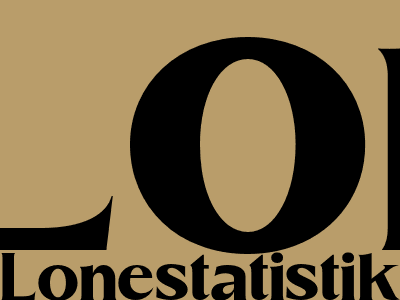
Steps to Optimizing Your Website for Increased Traffic and Rankings
Getting Started: Laying the Foundation for Success
To optimize your website for increased traffic and rankings, start by defining your target audience and conducting thorough keyword research. This will help you tailor your content and target the right users. Use tools like Google Keyword Planner and SEMrush to identify relevant keywords and understand their search volume and competition. Analyze your competitors' websites to understand their strategies and identify areas where you can differentiate yourself.
On-Page Optimization: Enhancing Your Content and Structure
Craft High-Quality Content
Create valuable and engaging content that resonates with your audience. Use long-tail keywords to target specific searches and provide in-depth information. Ensure your content is well-written, informative, and easy to read. Use headings, subheadings, and bullet points to break up your text and make it more scannable.
Optimize Page Titles and Meta Descriptions
Write compelling page titles and meta descriptions that accurately describe your content and include relevant keywords. Keep titles under 60 characters and meta descriptions under 160 characters to ensure they display fully in search results. Use strong action verbs and highlight unique selling points to entice clicks.
Improve Site Structure and Navigation
Create a clear and logical site structure that makes it easy for users and search engines to navigate your website. Use breadcrumbs, internal links, and a sitemap to help users find the information they need quickly. Ensure your website is mobile-responsive and loads quickly on all devices.
Off-Page Optimization: Building Authority and Trust
Build High-Quality Backlinks
Acquire backlinks from reputable websites in your industry to improve your website's authority and rankings. Focus on earning natural links through valuable content and outreach efforts. Avoid spammy link-building tactics that can harm your website's reputation.
Utilize Social Media
Establish a strong presence on relevant social media platforms to engage with your audience and promote your content. Share valuable updates, interact with followers, and use social media advertising to reach a wider audience. Monitor social media activity to gather insights and identify opportunities for improvement.
Technical Optimization: Ensuring a Seamless User Experience
Optimize Page Speed
Ensure your website loads quickly on all devices to improve user experience and search engine rankings. Use tools like Google PageSpeed Insights to identify areas for improvement. Compress images, minify CSS and JavaScript files, and consider using a content delivery network (CDN) to reduce load times.
Fix Broken Links and Technical Errors
Regularly check your website for broken links, 404 errors, and other technical issues that can negatively impact user experience and search engine rankings. Use tools like Google Search Console to identify and fix these issues promptly.
Implement Structured Data
Use structured data markup (Schema.org) to provide search engines with additional information about your website's content. This can help your website appear in rich snippets and improve your chances of ranking for featured snippets in search results.
Conclusion: A Continuous Journey of Optimization
Website optimization is an ongoing process that requires regular monitoring and adjustments. Track your results using analytics tools like Google Analytics to understand what's working and where you can improve. Stay updated with the latest SEO trends and best practices, and make changes accordingly. By following these steps, you can optimize your website for increased traffic, rankings, and ultimately, success.